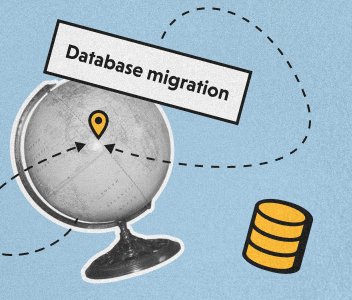Finally, we moved to the most important part of every software modernization project. Planning! At this stage, we set a timeline and the resources needed for the project in a database migration plan document.
Since ModLogix was a tech partner in the M&A deal, our dedicated business analyst was fully involved in project execution. He read into incomplete documentation, got into business processes, and interpreted the requirements. That information was directly implemented in data standardization; plus, it enabled us to eliminate duplications and critical errors.
In line with database migration best practices, we planned for a homogeneous migration. MS SQL Server was an excellent fit for the client’s needs, and we had to select a new appropriate version. When everything was clear, we started the data transformation process.






